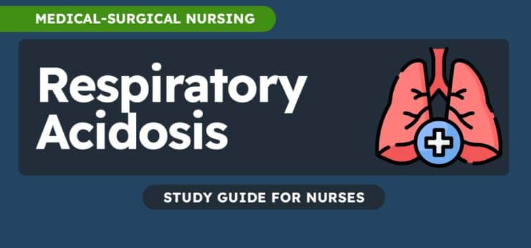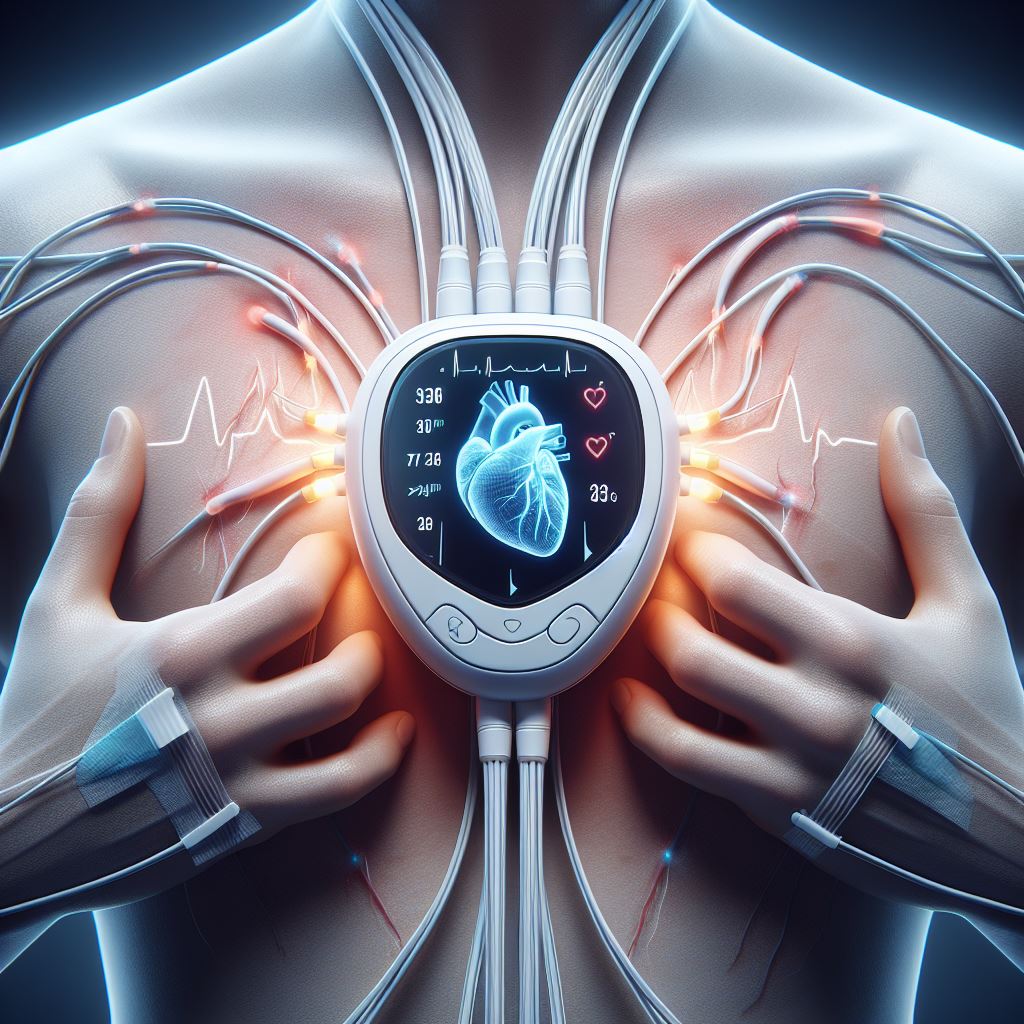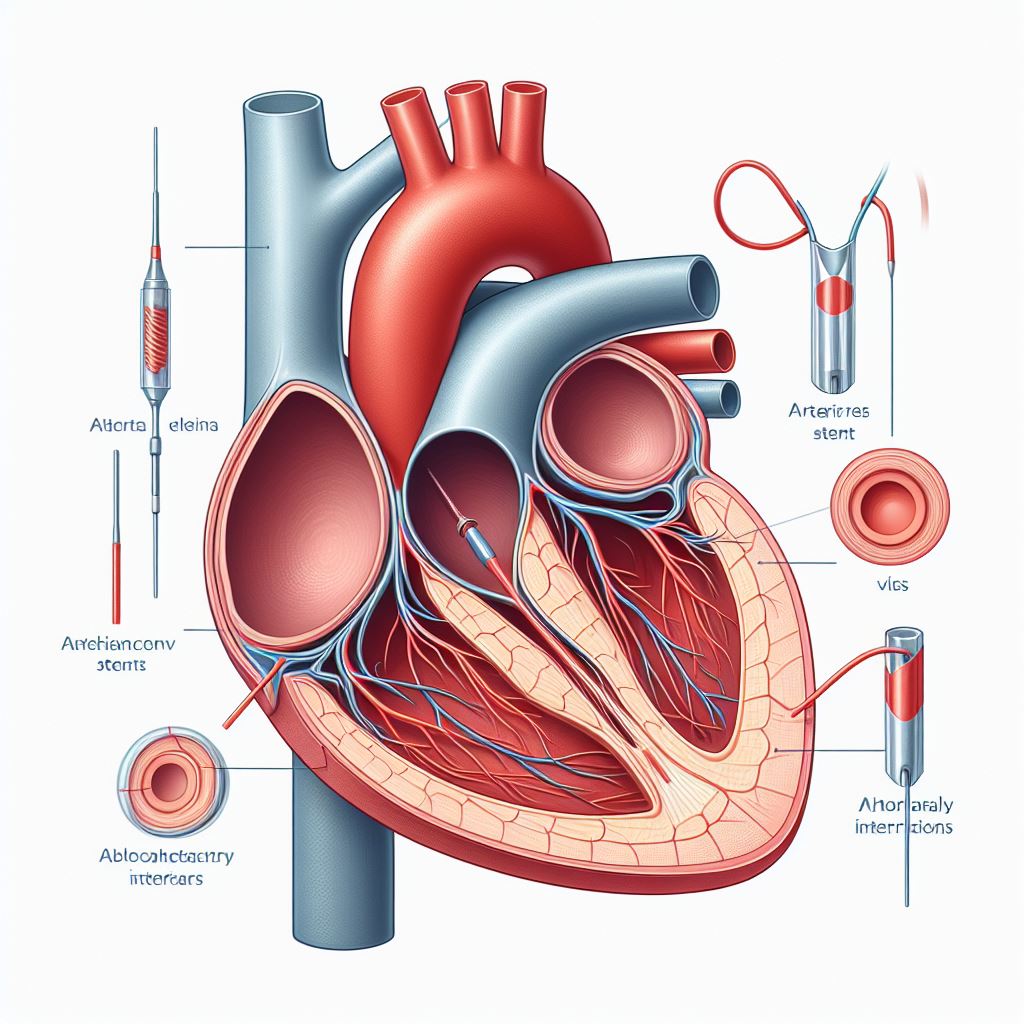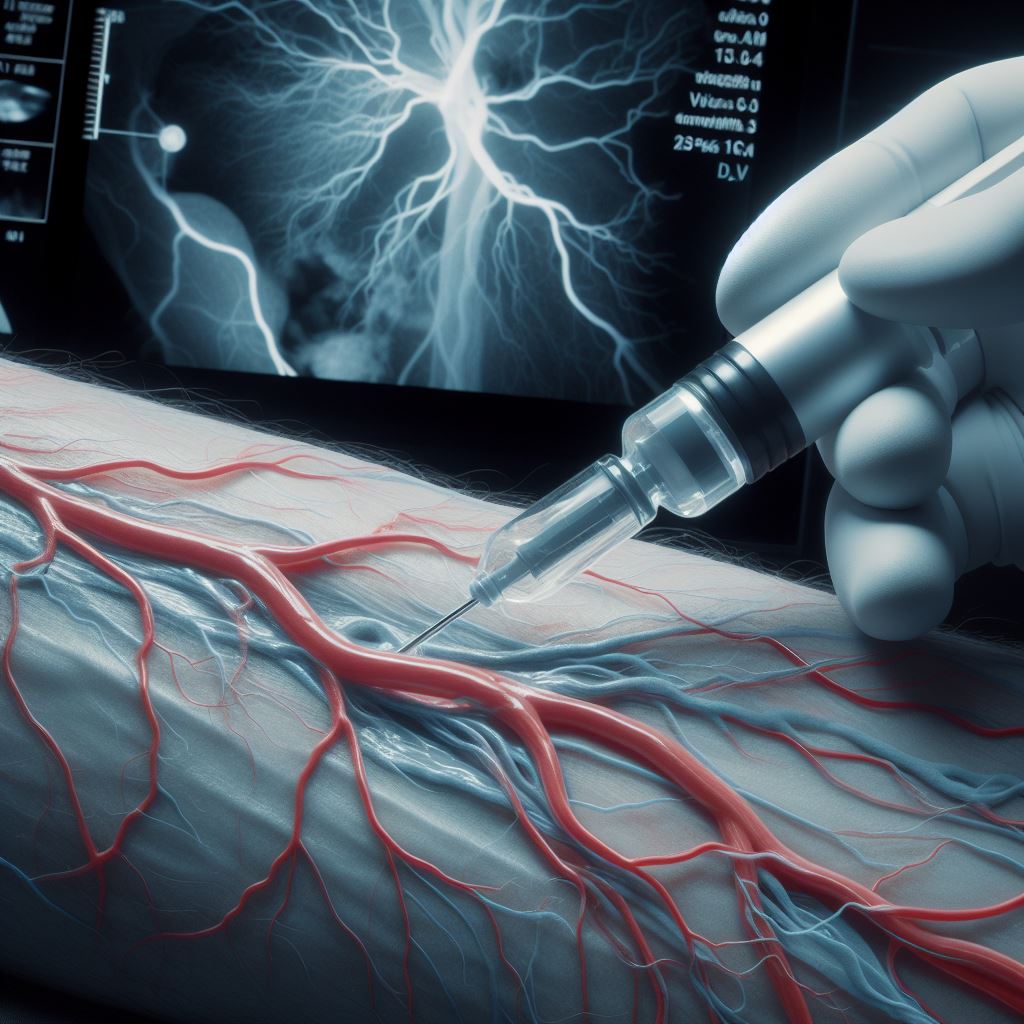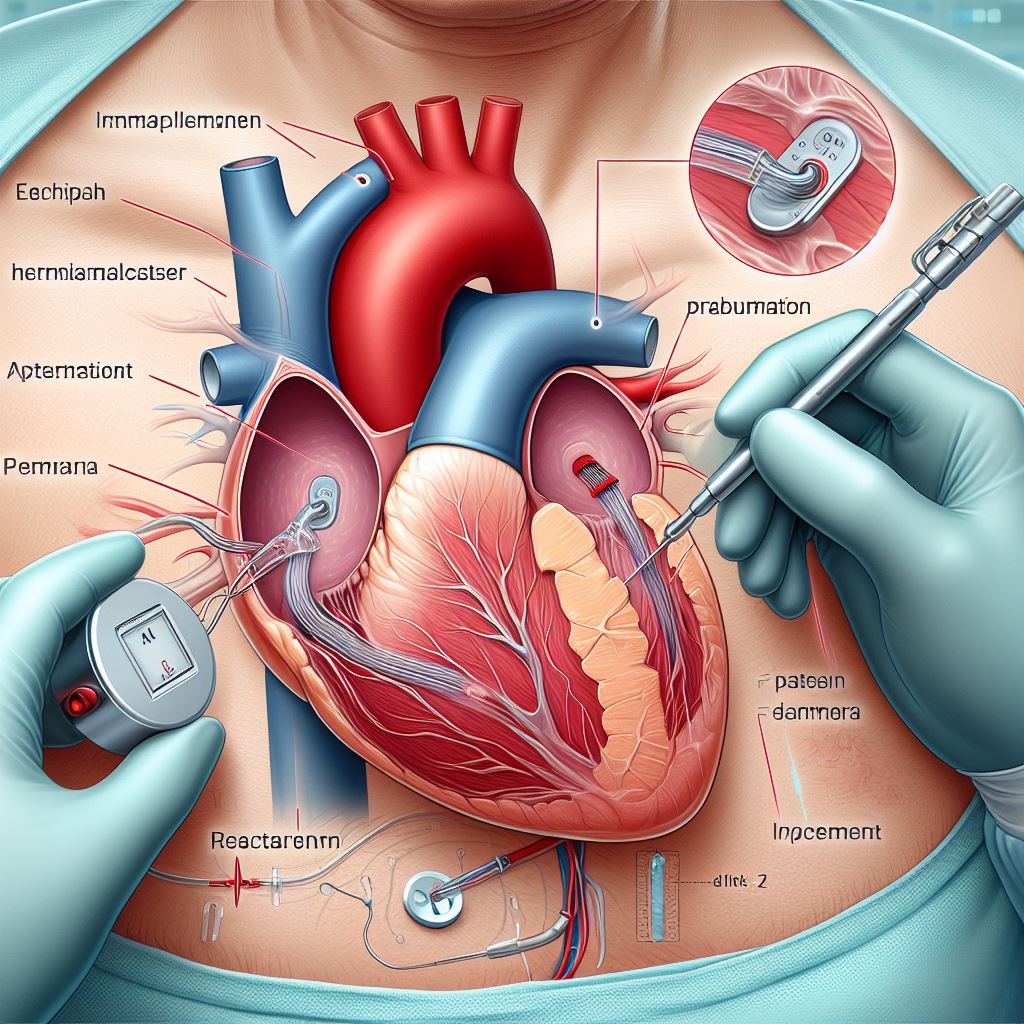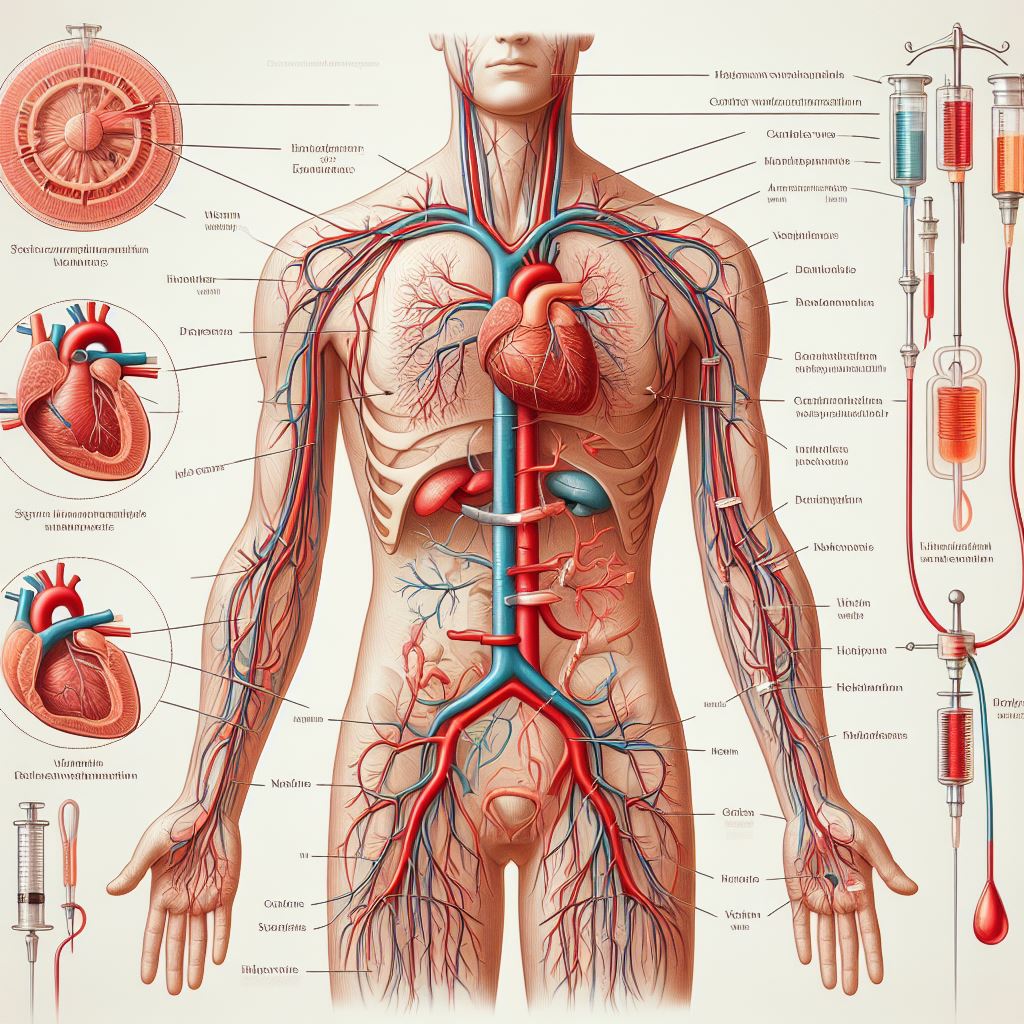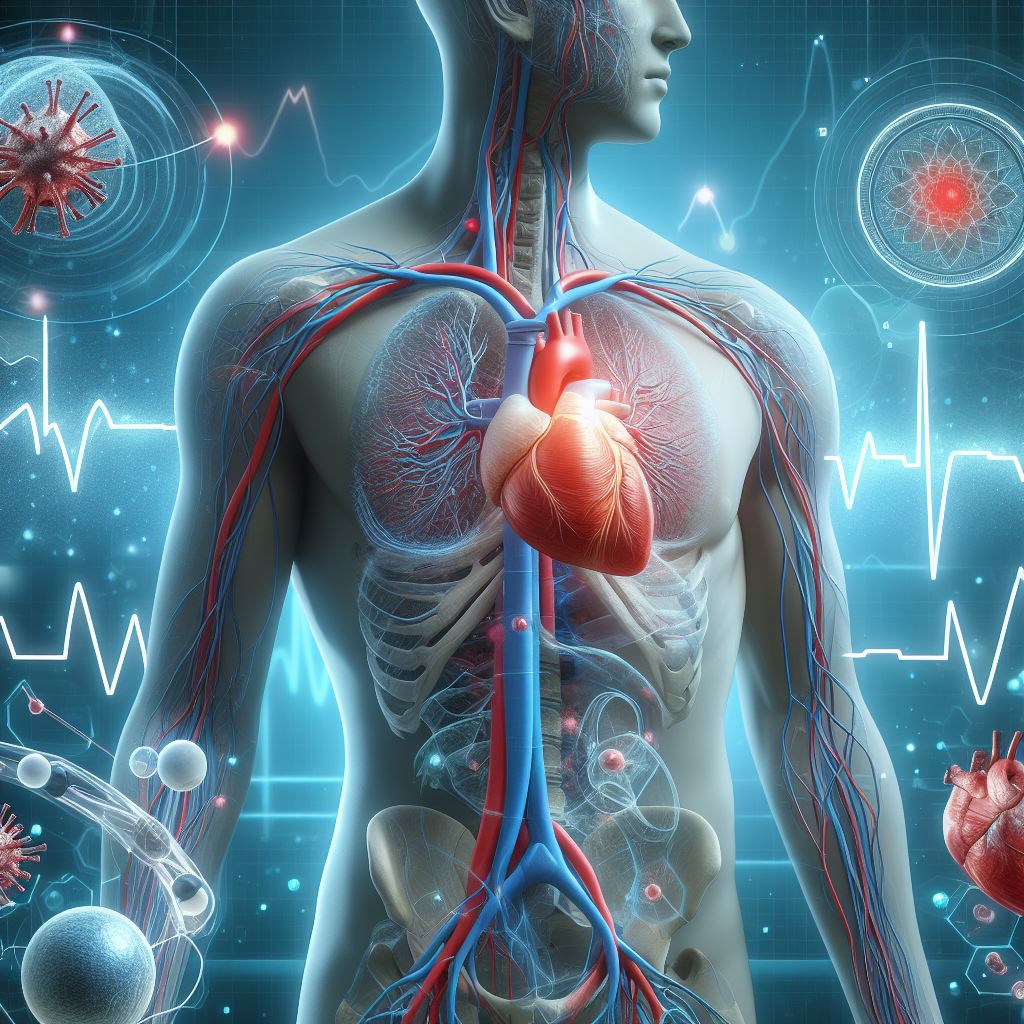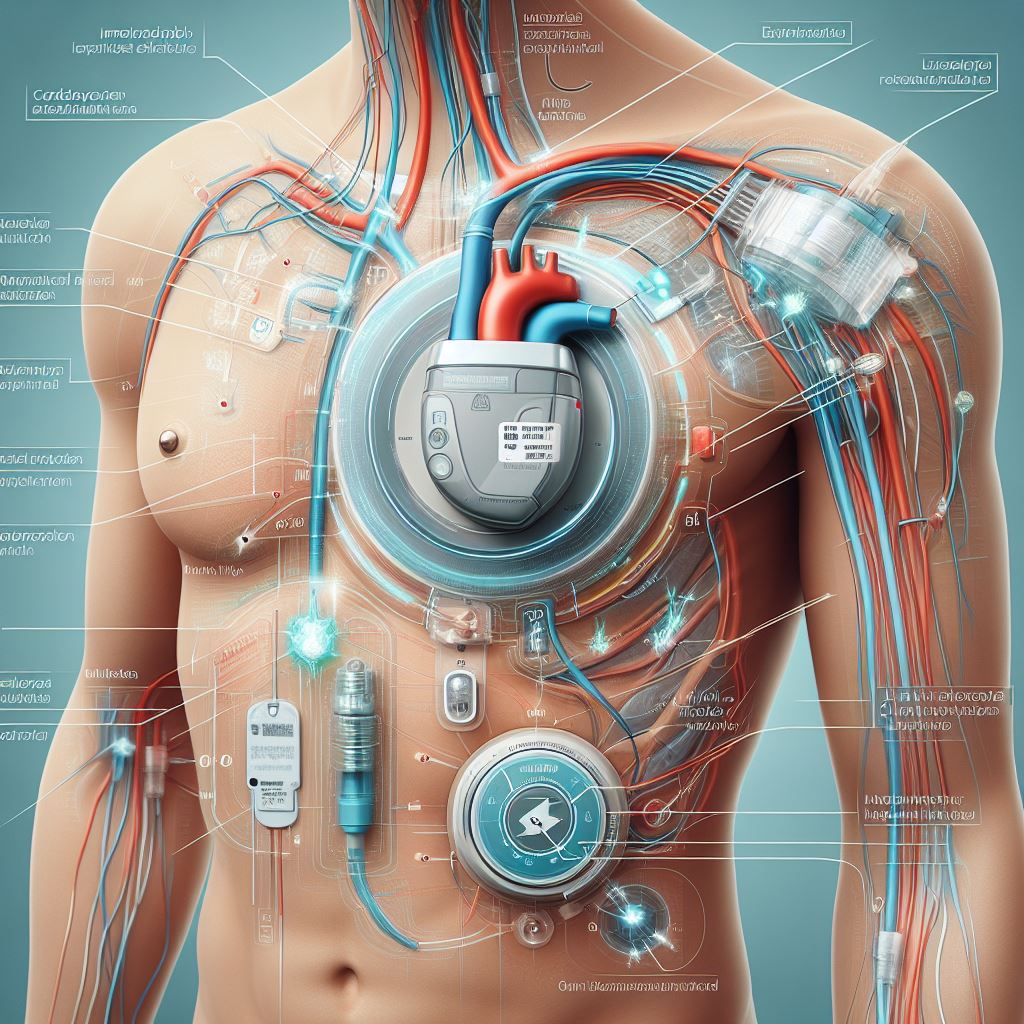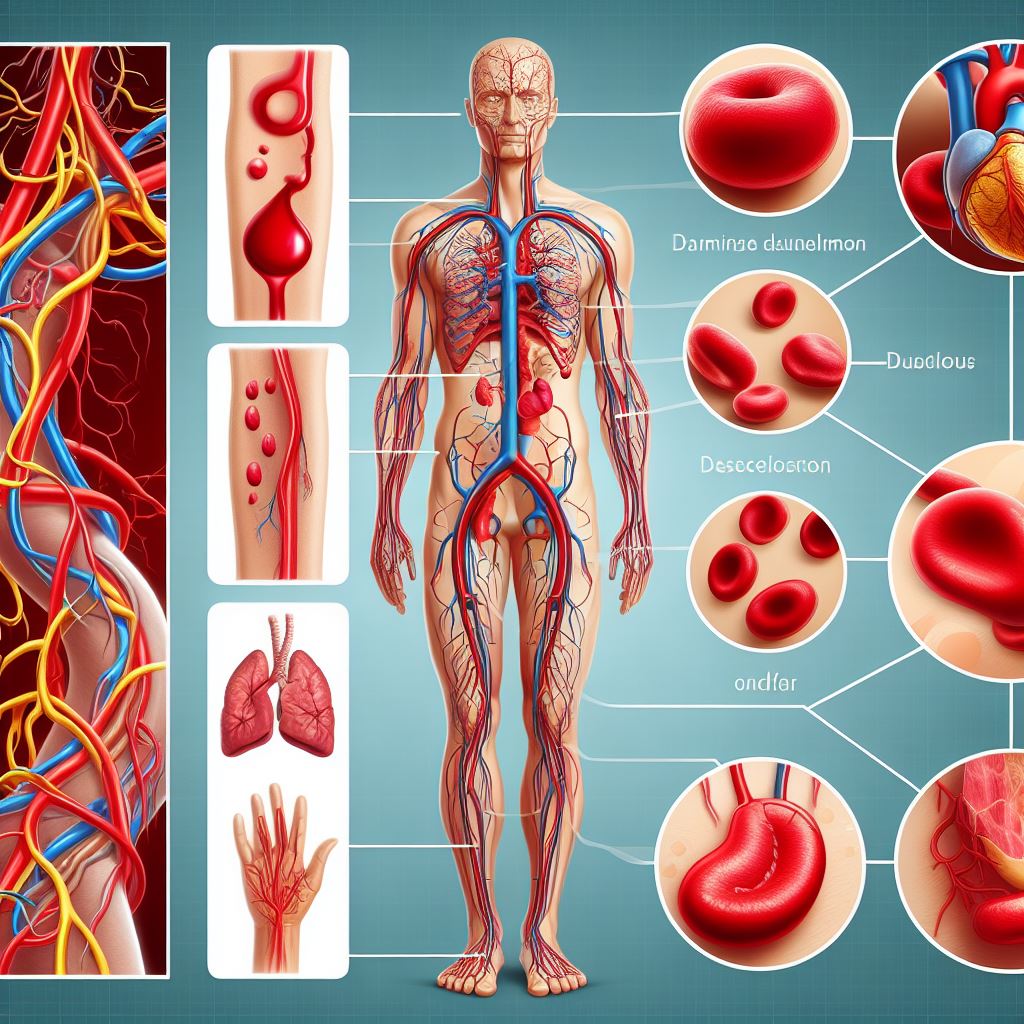
Arrhythmias
Arrhythmias are complex
disturbances in the normal rhythm of the heart's beating, impacting the organ's
electrical system. This intricate system coordinates the timing of each
heartbeat, ensuring a synchronized and efficient pumping of blood throughout the
body. When this system malfunctions, it can lead to irregular heartbeats, known
as arrhythmias. A comprehensive understanding of arrhythmias is crucial for
managing and treating these conditions effectively, enhancing the overall
cardiovascular health of individuals.
Types of Arrhythmias: Arrhythmias manifest in various forms, each affecting the heart's rhythm
differently. The main types include:
1. Atrial Fibrillation (AF): Characterized by a rapid, irregular heartbeat originating in the upper chambers
of the heart, AF is one of the most prevalent types of arrhythmias globally.
2. Atrial Flutter: Similar to AF but with a more
organized, regular pattern of abnormal heartbeats, atrial flutter also poses
challenges to the normal cardiac rhythm.
3. Bradycardia: This type involves a slower-than-normal heart rate, often falling below 60 beats per minute. Bradycardia can
result from issues with the heart's natural pacemaker or other conduction
system abnormalities.
4. Tachycardia: Tachycardia represents a
condition characterized by a rapid heart rate, exceeding the normal range. It
can originate in the heart's atria (supraventricular tachycardia) or ventricles
(ventricular tachycardia).
Symptoms and Causes: The
symptoms of arrhythmias can vary widely based on the type and severity of the
condition. Common symptoms include:
·
Palpitations or fluttering in the chest
·
Dizziness or lightheadedness
·
Shortness of breath
·
Chest pain or discomfort
These symptoms can significantly impact an
individual's quality of life and, in severe cases, may lead to complications
such as heart failure or stroke. Causes of arrhythmias are diverse and can
range from heart-related issues, such as coronary artery disease, heart attack,
or heart valve disorders, to external factors like stress, substance abuse, or
certain medications.
Risks: Understanding the risk factors
associated with arrhythmias is essential for prevention and early intervention.
Common risk factors include:
·
Age: The risk of arrhythmias increases with age,
especially after the age of 60.
·
Family History: A family history of arrhythmias or
other heart conditions can elevate an individual's risk.
·
High Blood Pressure: Hypertension is a significant
risk factor for developing arrhythmias.
·
Diabetes: Individuals with diabetes are at an
increased risk of heart-related complications, including arrhythmias.
·
Smoking: Tobacco use and exposure to secondhand
smoke can contribute to the development of arrhythmias.
·
Excessive Alcohol or Caffeine Intake: Consuming
alcohol and caffeine in excess can disrupt the heart's normal rhythm.
Diagnosis and Tests: Accurate
diagnosis is crucial for developing an effective treatment plan tailored to the
individual's specific condition. Diagnostic methods may include:
· Electrocardiogram (ECG or EKG): A common
and non-invasive test that records the heart's electrical activity, helping
identify irregularities in rhythm.
· Holter Monitor: A portable device that records
continuous ECG data over 24 to 48 hours, providing a more extended observation
period.
· Event Monitor: Similar to a Holter monitor but
worn for an extended period, it is activated by the individual when symptoms
occur, allowing for specific event recording.
· Echocardiogram: A test using sound waves to
create a moving picture of the heart, helping assess its structure and
function.
· Blood Tests: These can reveal information
about electrolyte levels, thyroid function, and the presence of specific
enzymes that may indicate heart damage.
These tests aid healthcare professionals in
identifying the type of arrhythmia and understanding its underlying causes,
facilitating a more targeted and personalized treatment approach.
Management and Treatment: The
management of arrhythmias involves a multifaceted approach, depending on the
type and severity of the condition. Treatment options include:
· Lifestyle Modifications: Implementing changes in diet, exercise, and stress management can significantly
impact the frequency and severity of arrhythmias.
· Medications: Prescription drugs, such as
anti-arrhythmic medications or blood thinners, may be prescribed to regulate
heart rhythm or address underlying causes.
· Cardioversion: This procedure involves the
delivery of controlled electrical shocks to the heart, aiming to restore normal
heart rhythm.
· Catheter Ablation: A minimally invasive procedure
where a catheter is used to correct abnormal heart rhythms by selectively
destroying the tissue causing the arrhythmia.
It is essential to note that the choice of
treatment depends on the type of arrhythmia, the individual's overall health,
and their preferences. Healthcare providers work closely with patients to
develop a treatment plan that aligns with their unique needs and circumstances.
Complications/Side Effects of Treatment: While
treatments are designed to improve heart function and enhance overall
well-being, they may carry potential complications and side effects. It is
crucial for individuals undergoing treatment to be aware of these potential
risks and communicate openly with their healthcare providers. Some complications
and side effects may include:
· Allergic Reactions to Medications: Some
individuals may experience allergic reactions to prescribed medications,
necessitating a change in the treatment plan.
· Bleeding or Infection at the Catheter Insertion Site: Complications
associated with catheter-based procedures, such as catheter ablation, may
include bleeding or infection at the site where the catheter is inserted.
· Recurrence of Arrhythmias: In some
cases, despite initial successful treatment, arrhythmias may recur, requiring
ongoing monitoring and adjustments to the treatment plan.
It is important for individuals to actively
participate in their healthcare by communicating any concerns or side effects
to their healthcare team. Regular follow-up appointments are typically
scheduled to monitor progress and make necessary adjustments to the treatment
plan.
Understanding arrhythmias is the first step toward
effective management and treatment. If you suspect you have an arrhythmia or
are experiencing related symptoms, it is crucial to consult with a healthcare
professional for a comprehensive evaluation and personalized care plan. By
fostering awareness and taking proactive steps, individuals can empower
themselves to navigate the complexities of arrhythmias and promote their
cardiovascular health.







